Presentations Chronological Order
L01 | Moore

A new class of drugs wherein cells are programmed with synthetic messenger RNAs, mRNAs, to make any desired protein, for example, cytoplasmic, intraorganelle, membrane-bound, and/or secreted, is an emergent technology…
Read More…L02 | Muir

In this presentation, I will discuss the development of new opto-chemical genetic approaches designed to explore spatiotemporal aspects of epigenetic regulation. These methods are helping to expose the remarkable nuances, and…
Read More…L03 | Jamieson

In this work we developed novel chemical tool peptides to explore the origin of HDAC corepressor complex substrate selectivity. First an efficient chemical synthesis of Fmoc amino acids having zinc-binding groups was developed…
Read More…L04 – YI1 | Schey

Protein prenylation is a post-translational modification where a 15 carbon farnesyl or 20 carbon geranylgeranyl isoprenoid is appended to the C terminal end of a protein by either farnesyltransferase...
Read More…L05 | Parker

Protein phosphorylation is a crucial post-translational modification in all cells, carried out by kinase enzymes and reversed by phosphatase enzymes. It is regulated by a broad range of factors including protein-ligand and protein-protein…
Read More…L06 | Scheck

Research in the Scheck laboratory focuses on understanding protein post-translational modifications, PTMs, that have been difficult to study using traditional tools. Glycation is a PTM that occurs spontaneously and without...
Read More…L07 | Dawson

The manipulation of peptide structure through macrocyclization has become established as a powerful approach for the development of potent peptide based ligands and inhibitors. We have also developed a robust approach…
Read More…L08 | Wang

The dysregulation of post-translational modifications, PTMs, has been closely related to the onset and relapse of human diseases. Yet, many PTM-related non-histone proteins remain to be elucidated in terms of their identity…
Read More…L09 | Checco

Small to medium sized peptides can act as signaling molecules to carry out complex tasks in living systems, and dysregulation of these signaling events often leads to disease. Characterizing the active forms and molecular-level…
Read More…L10 | Raj

Selective modification of biomolecules provides scientists with an effective tool for a multitude of bioanalytical, therapeutic, biological and bioengineering applications. However, chemical strategies that can target a particular functional…
Read More…L11 | Huang

Proprotein convertase subtilisin-like/kexin type 9, PCSK9, is a key regulator of plasma LDL-cholesterol, LDL-C, and a clinically validated target for the treatment of hypercholesterolemia and coronary artery disease. A series of novel…
Read More…L12 | Hannoush

This talk will describe our efforts in discovering and optimizing peptide-based scaffolds and will highlight some of the challenges and novel technologies for peptide lead identification and development. A few case studies will...
Read More…L13 - YI2 | Munoz

We report the development, as well as the in vitro and in vivo testing, of a sprayable nano-therapeutic that uses surface engineered custom designed multi-armed peptide grafted nanogold for on-the-spot...
Read More…L14 | Finan

This presentation will provide an overview of the journey from discovery to clinic for the semaglutide molecule. The biology of GLP-1, including incretin action and food intake effects will be presented. The semaglutide molecule…
Read More…L15 | Kaur

Conventional chemotherapy remains the treatment of choice for many cancers. However, it is constantly challenged by poor selectivity and limited access of drugs to the cancer cells. Targeted drug delivery methods have been…
Read More…L16-AW | Balaram

The report by Mueller and Rudin, 1969, that alamethicin, a cyclic peptide, induces voltage-dependent ion channel formation in artificial lipid bilayers, sparked interest in peptides of fungal origin, rich in alpha aminioisobutyric acid…
Read More…L17 | Zhang
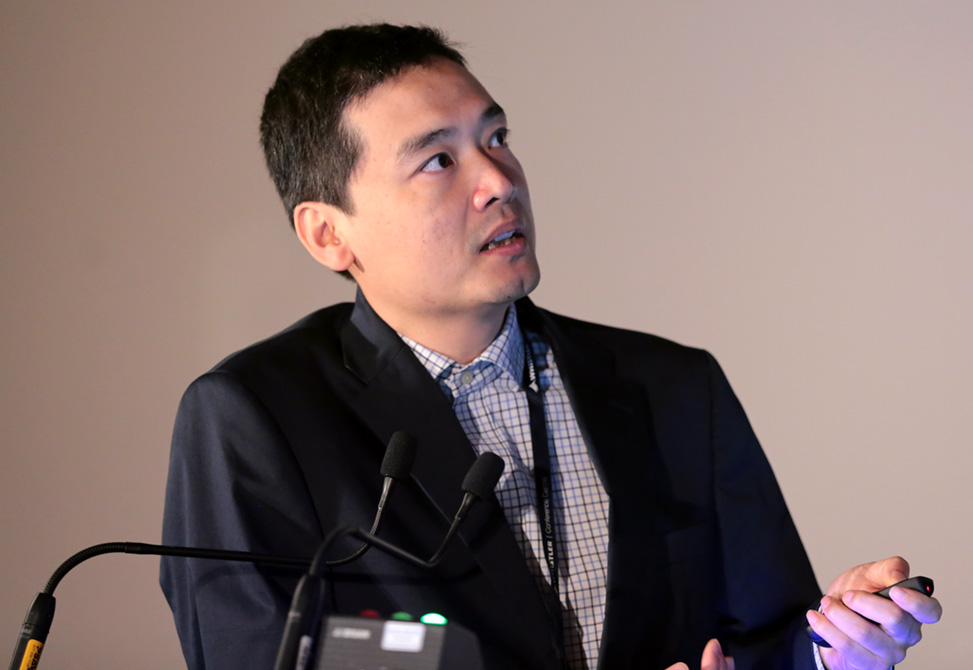
The site-selective conjugation of a native peptide or protein is arguably the most efficient technologies to functionalize biologics. Although the biological approaches such as enzymatically amend proteins demonstrate high…
Read More…L18 | Metanis

Herein, we report the chemoselective modification of peptides and proteins via a reaction between selenocysteine residues and aryl/alkyl radicals. In situ radical generation from hydrazine substrates and copper ions proceeds rapidly…
Read More…L19 - YI3 | Esteban

We present an analysis of different stapling methods at positions 12 and 16 of ghrelin(1-20) analogues, a previously identified optimal staple location, with the goal of increasing proteolytic stability and to retain or improve affinity…
Read More…L20 | Arora

Amide bonds are ubiquitous in peptides, proteins, pharmaceuticals, and polymers. The formation of amide bonds is a straightforward process: amide bonds can be synthesized with relative ease because of the availability of…
Read More…L21 | Liu
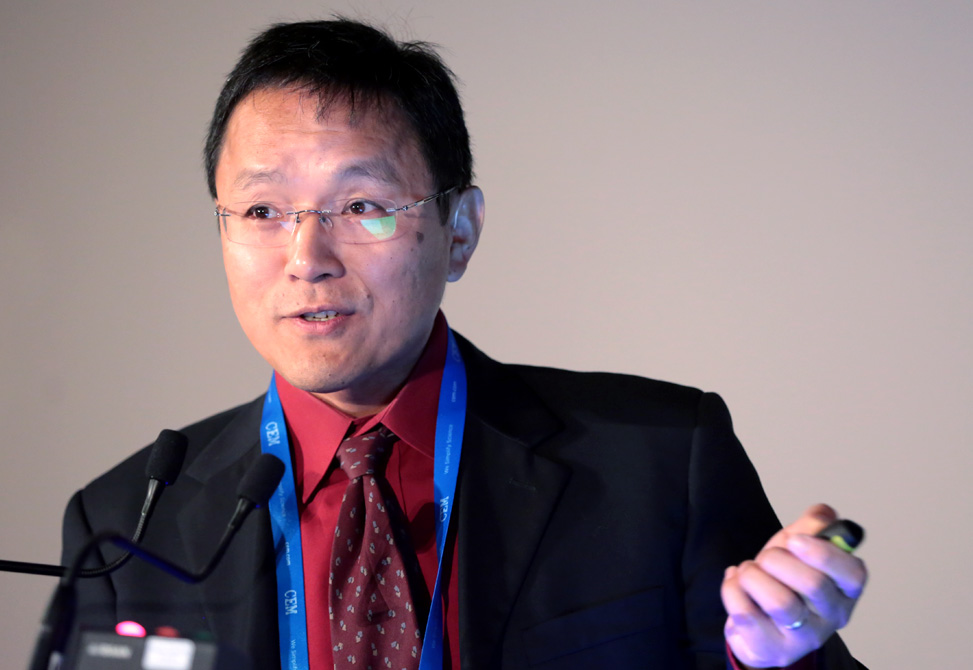
Proteins with a functionalized C-terminus such as a C-terminal thioester are key to the synthesis of larger proteins via expressed protein ligation. They are usually made by recombinant fusion to intein. Although…
Read More…L22 - AW | Tal-Gan

Quorum sensing, QS, is a cell density-based communication mechanism that bacteria utilize to regulate a variety of symbiotic and pathogenic phenotypes. As such, QS has attracted significant attention as a potential anti-virulence…
Read More…L23 | Hackenberger

Our lab aims to identify new chemoselective reactions for the synthesis and modification of functional peptides and proteins. We apply these highly selective organic reactions to study functional consequences of naturally occurring…
Read More…L24 | Kramer

Mucin glycoproteins are the major component of mucus. Mucus is essential for life, and serves as a physical barrier to hydrate, lubricate, and protect tissues. There are over twenty mucin genes with variable expression…
Read More…L25 | Qian

Biological therapeutics exhibit high target specificity and potency but are limited in their ability to reach intracellular targets of interest. These limitations often necessitate high therapeutic doses and can be associated with less-than-optimal…
Read More…L26 | Brown

The blood brain barrier, BBB, is a set of specialized and highly selective cellular barriers that protects the central nervous system, CNS. While necessary under normal physiology, the BBB prevents entry of many neurotherapeutics…
Read More…L27 | Krusemark

We have synthesized both combinatorial and scanning positional DNA-encoded libraries of trimethyllysine-containing peptides and peptidomimetics for development of selective inhibitors of the CBX family of chromodomains…
Read More…L28 | Lokey

Cyclic peptide natural products often exhibit the drug-like properties, for example, cell permeability and even oral absorption, of classic small molecule drugs while showing antibody-like potency and specificity toward…
Read More…L29 - YI4 | Denisov

Here, we generated cyclic D-peptides from a combinatorial library for interleukin-8, CXCL8, neutralization. First, the D-variant of CXCL8 was synthesized using Boc-SPPS and further used as a target in three rounds of CLIPS phage display…
Read More…L30 | Shin

Our transdisciplinary approach borrows from biophysics, molecular biology, and chemistry to explore how nature uses the protein scaffold to target specific DNA sequences. We combine rational design and continuous evolution…
Read More…L31 | Mason

Screening a 130,000 member library next identified a sequence that both binds cJun and antagonises function as demonstrated by restored cell growth by DHFR transcription. In vitro hit validation using CD, ITC and EMSA...
Read More…L32 | Teixidó

Gate2Brain technology consist on a toolbox of peptides able to cross the BBB and carry compounds covalently attached, including small molecules, peptides, proteins, antibodies, plasmids, siRNA or mRNA loaded nanoparticles…
Read More…L33 | Pei

We recently discovered that cell-penetrating peptides and folded proteins, for example, bacterial toxins, enter the cytosol of mammalian cells by endocytosis followed by endosomal escape via a novel vesicle budding-and-collapse…
Read More…L34 | Perrin

Alpha-amanitin is a classic natural product that was isolated 80 years ago from the notorious death-cap mushroom, Amanita phalloides. Alpha- amanitin is a potent, orally available, highly selective allosteric inhibitor…
Read More…L35 | Kumar

We describe here the design and development of potent peptide analogues that are completely refractory to hydrolytic enzyme action while retaining full biological activity, potency, and efficacy. As general modulators of the gut-brain…
Read More…L36 - AW | Chmielewski

A significant challenge in the development of effective antibacterial agents arises from bacterial pathogens that have evolved to inhabit mammalian cells, such as phagocytic macrophages. Within these intracellular safe havens the…
Read More…L37 | Bertucci

Quorum sensing is a mechanism of density-dependent chemical communication by which bacteria regulate group function. In the opportunistic pathogens Streptococcus pneumoniae and Bacillus cereus, the quorum...
Read More…L38 - YI5 | Ekanayake

This talk will describe a divergent late-stage modification approach to such libraries starting from readily available starting material: genetically encoded phage-displayed libraries of peptides. Converting these phage-displayed peptides…
Read More…L39 | Münzel

Oral administration of insulin represents a formidable scientific and medical challenge. For oral insulin therapy to be a viable option, the insulin molecule must not only survive the aggressive environment of the gastrointestinal tract…
Read More…L40 | Wagner

As the basic structural and functional module of the human body, cells play essential roles in almost every aspect of physiological or pathological processes. The role of cell function in maintaining tissue homeostasis is closely associated…
Read More…L41 - YI6 | Miret Casals

Our research group has developed a novel furan cross-link technology for oligonucleotides, further applicable to the investigation of peptide-protein interactions. As the furan moiety is isosteric with histidine and isoelectronic…
Read More…L42 - AW | Pentelute

Methods for the automated high-fidelity chemical production of proteins are needed. Proteins manufactured with mechanical machines, as opposed to bio-based systems, can bulletproof production circumventing endotoxin…
Read More…L43 | Chen
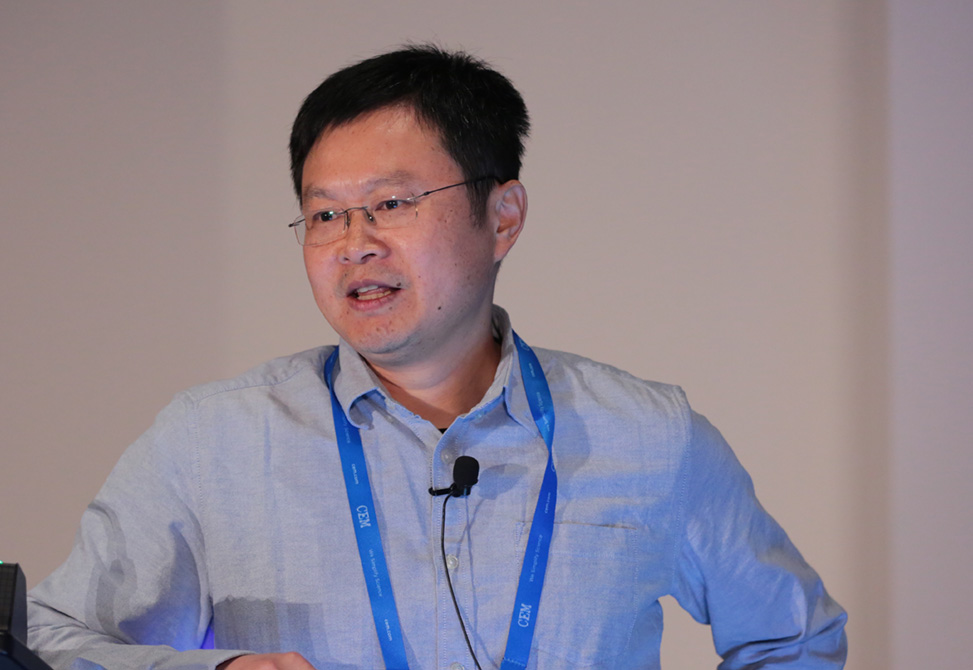
Cyclic peptides have provided an important platform for exploration of biorelevant chemical space between small molecules and biologics. In comparison with the state of the art synthesis of small molecules, chemists' ability to fine-tune...
Read More…L44 | Davis

This lecture will cover emerging areas in our group in chemical manipulation of biomoleclules with an emphasis on new bond-forming and -breaking processes compatible with biology as well as new mechanistic methods and their use…
Read More…L45 | Gober

In this work, we report on the formation of a thiazine impurity during the conjugation of N-terminal Cys peptides to maleimides. NMR spectroscopy and mass spectrometry were used to characterize the structure of the thiazine…
Read More…L46 | Hamachi

It is considered live cells and live animals are the multimolecular crowding systems where all of protein molecule are expressed with thier particular functions. Protein labeling is now a powerful tool for studying protein-of-interest, POI…
Read More…L47 | Taylor

Biocompatible chemical transformations that are promoted by light have become powerful tools in chemical biology by virtue of enabling spatiotemporal control over activity. Whilst genetically encoded, photoactivatable tools…
Read More…L48 | Hartsock

The ability to drive molecular innovation in medicine and technology is powered by the methods and techniques to move from conception to reality. Here, we present three case studies that demonstrate the power of technology to…
Read More…L49 | Baker

Proteins mediate the critical processes of life and beautifully solve the challenges faced during the evolution of modern organisms. Our goal is to design a new generation of proteins that address current-day problems not faced…
Read More…L51 | Lis

In addition to supervised machine learning methods, approaches to represent and visualize peptide design space in low dimensions were developed and utilized to demonstrate that hits can be identified at five-fold increased efficiency…
Read More…L52 - YI7 | Brown

Affinity selection-mass spectrometry, AS-MS is a widely used technique for the discovery of high-affinity binding molecules to biomolecular targets. The use of large combinatorial libraries has improved the potential of de novo...
Read More…L53 | Albericio
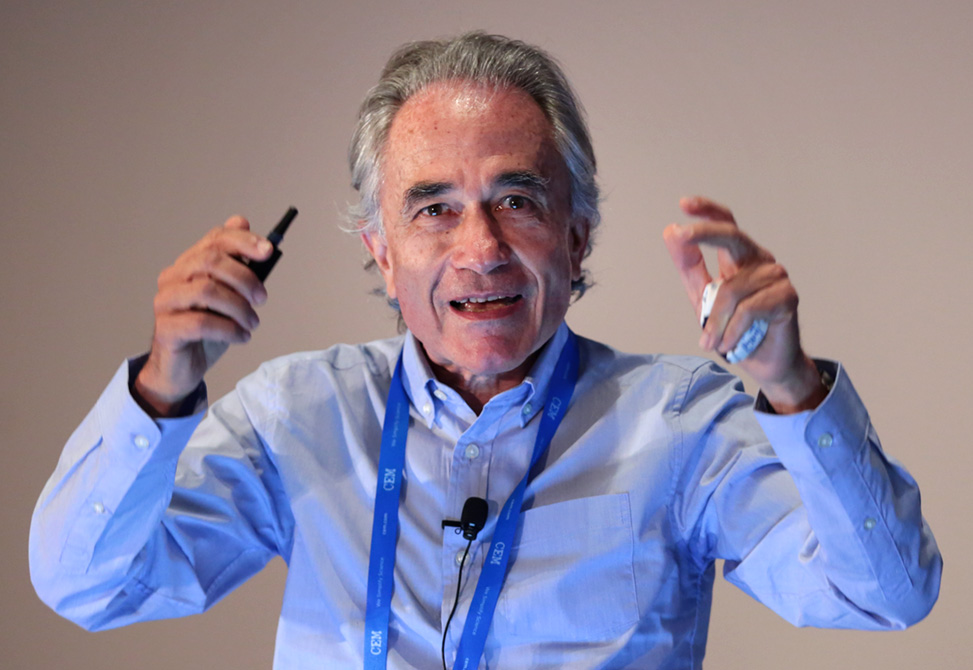
The last few years have witnessed an explosion in the number of peptides approved by regulatory agencies. Peptide chemists are currently facing different challenges. Among them, the synthesis of increasingly complex peptides and to...
Read More…L54 | Aldrich

Opioid misuse is a serious health problem, with 1.6 million Americans meeting the criteria for an opioid use disorder, OUD, and opioid overdose deaths increasing sharply over the last two years. While medications are available to manage…
Read More…L55 | Lubell

α-Amino lactam residues have been historically used to constrain peptide backbone conformation for studying structure-activity relationships in peptide-based drug discovery. N-Aminoimidazol-2-one, Nai, residues…
Read More…L56 - YI8 | Mitchell

Targeting membrane-embedded protein-protein interactions continues to be a challenge. We have employed a rational drug design to target the bacterial Small Multidrug Resistant, SMR, efflux protein, which homodimerizes through…
Read More…L57 | Hutton

In recent years a range of novel amide ligation strategies have been developed, many incorporating sulfur-containing reagents as thioesters and other carboxylic acid surrogates. We have recently reported novel methods for peptide…
Read More…L58 | Schafmeister
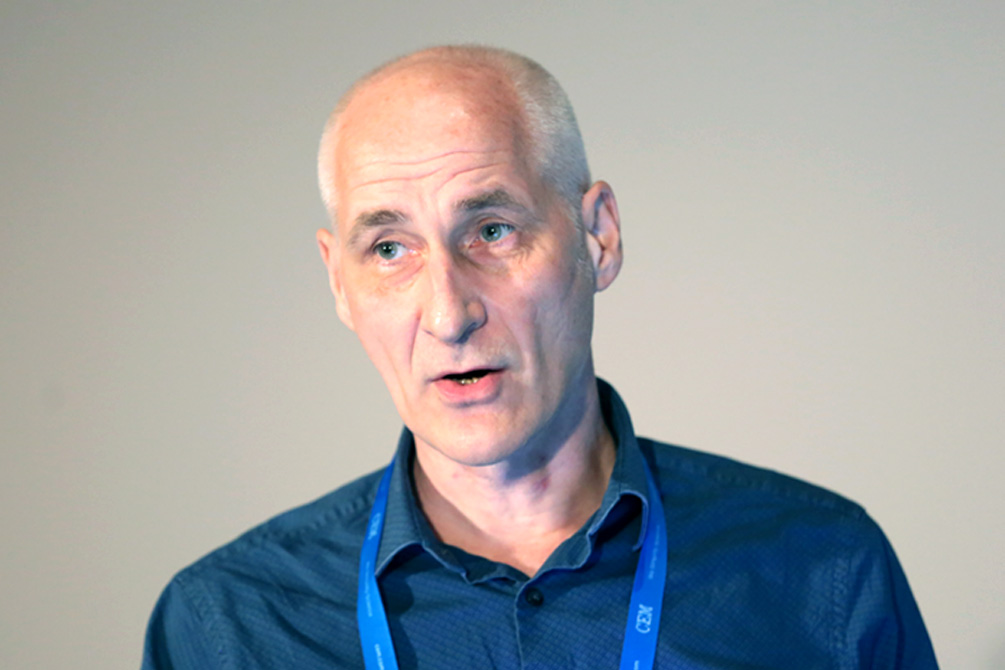
Spiroligomers are highly functionalized, shape-programmable ladder-oligomers formed by joining functionalized, stereo chemically pure bis-amino acids through pairs of amide bonds. We have previously shown that spiroligomers…
Read More…L59 | Bourgault

Amyloid fibrils, historically associated with diseases, have been recognized as a biological structure that performs essential functions in many host organisms, highlighting their potential as life-inspired nanoparticles, soft biomaterials…
Read More…L61 | Regan

I will describe how transient peptide-peptide and peptide-protein interactions can be used inside living cells to perform a new type of super-resolution imaging that is accessible to all. I will also describe how by harnessing peptides…
Read More…L62 | Waters

We have taken a mechanistic approach coupled with high throughput screening to identify unique selectivity patterns in these proteins, establishing new mechanisms of action and providing new opportunities for selective…
Read More…L63 | Korendovych

Here we set out to explore whether catalytic amyloids can replicate native activities of enzymes. We have rationally designed a series 9-residue peptides that self-assemble in the presence of zinc to promote CO2…
Read More…L64 - AW | Proulx
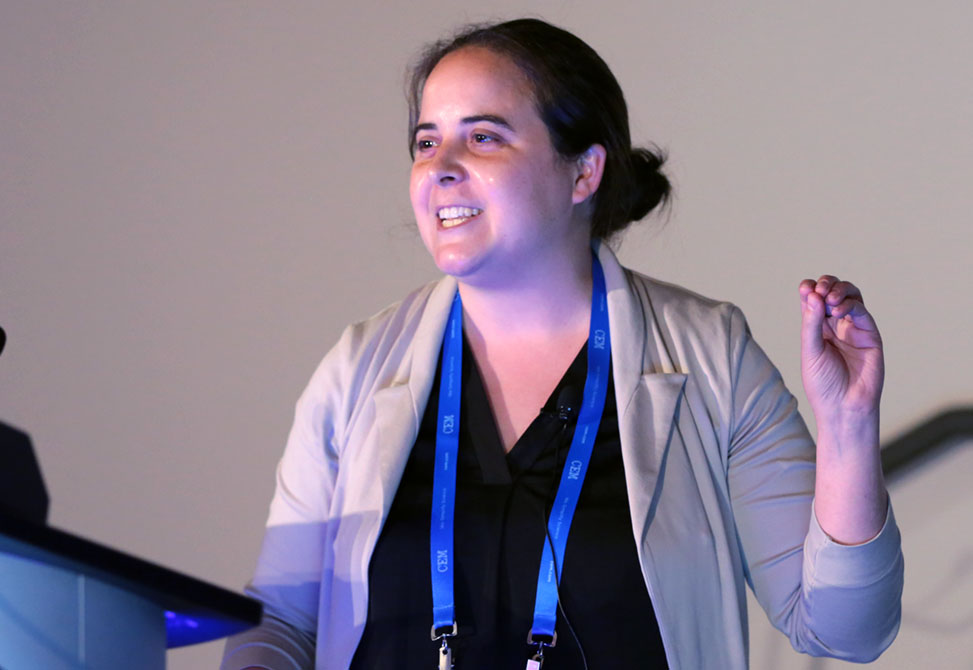
Peptides modulate a variety of biological responses, including as hormones and neurotransmitters. Occupying the space between small molecules and biologics, they have also been pursued to target protein-protein interaction…
Read More…L65 - AW | Schneider

Peptides have, and continue, to impact materials development. They can be used to functionalize the surfaces of existing materials to impart function or serve as building blocks to construct new materials through their polymerization...
Read More…L66 | Woolfson

Peptide design has come of age. It is now possible to generate a wide variety stable peptide assemblies from scratch using rational and/or computational approaches. A new challenge for the field is to move past structures offered…
Read More…L67 | Xu
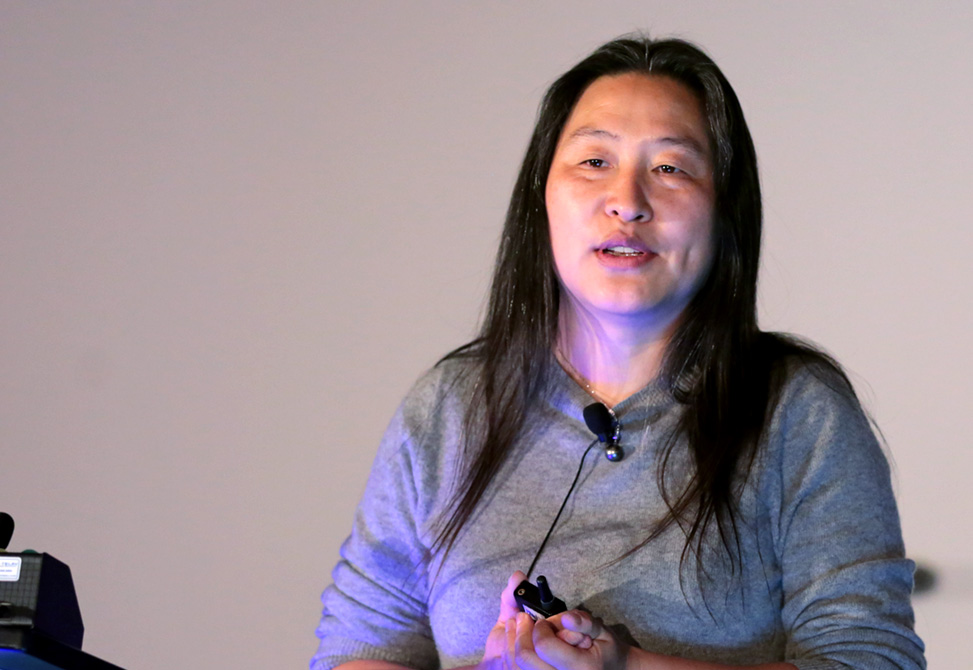
Peptides are routinely used to understand how biology operates. They are equally valuable as therapeutics and building blocks for biomaterials. We started our journey with investigating biomacromolecule conjugates based…
Read More…L68 | Nomizu

Extracellular matrix proteins, such as laminin and collagen, and their active peptides are potential candidates for affording cell adhesiveness to non-cell adhesive materials for three-dimensional, 3D, cell culture. Our group has identified…
Read More…L69 | Champion

Protein vesicles incorporating functional, globular proteins have potential in a number of bio-applications such as drug delivery, biocatalysis, and sensing. We have previously created protein vesicles from mCherry-zipper-ELP protein…
Read More…L70 | Sabatino

We have designed and developed a small set of bifunctional peptides incorporating NKp30-receptor binding and NK cell activating domains as immunostimulatory peptides and the incorporation of GRP78 targeting and tumor…
Read More…L71 | Gonen

In this seminar I will describe the basics of this method, from concept to data collection, analysis and structure determination, and illustrate how samples that were previously unattainable can now be studied by MicroED…
Read More…L72 | Powner

Living organisms are highly complex chemical systems that exploit a small constellation of universally conserved metabolites. The chemical unity of these metabolites provides compelling evidence that a simple set of predisposed…
Read More…L74 | Tabor
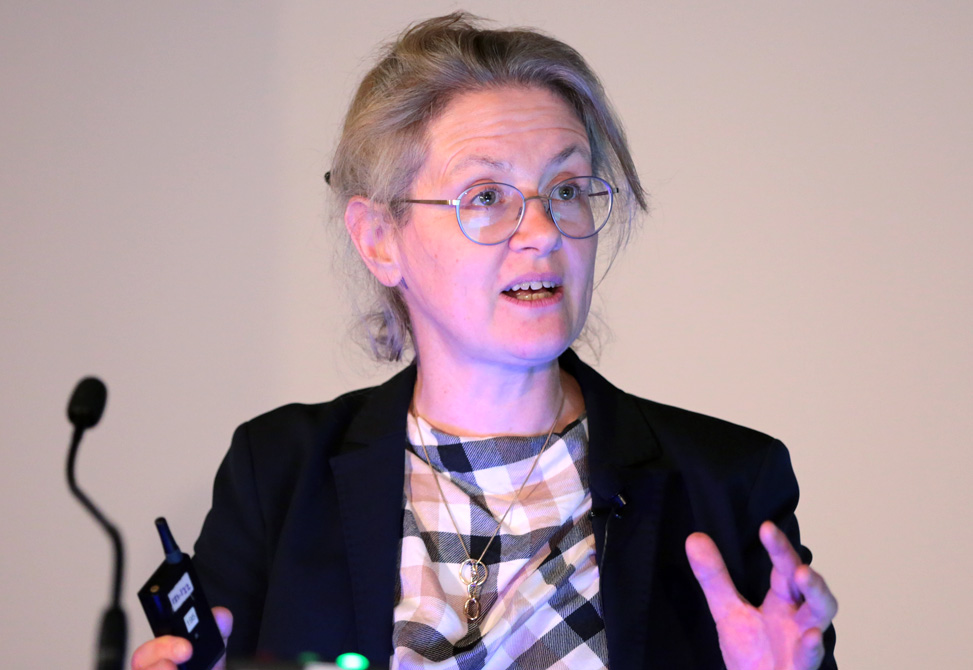
We are currently studying this interaction at the molecular level using a combination of chemical biology and biophysical approaches. Analogues of the N-terminal region of nisin(1-12) have been prepared by solid phase…
Read More…L75 | Sexton

G protein-coupled receptors, GPCRs, are the largest superfamily of cell surface receptor proteins and a major target class for drug development. GPCRs are inherently flexible proteins that have evolved to allosterically…
Read More…L76 - AW | Schepartz

I will describe the discovery of a miniature protein that guides proteins and enzymes into the cell interior by promoting endosomal escape, a single-molecule tool that quantifies this trafficking event in live cells with accuracy...
Read More…L77 | Holford

This talk will demonstrate the scientific path from mollusks to medicine examining how venom evolved over time in the terebrid snails, Terebridae, and how we can use this evolutionary knowledge as a roadmap for discovering…
Read More…L78 | Mapp

We recently identified a novel lipopeptide natural product, NP 34913, that selectively targets Med25 as well as a synthetically more tractable analog with nearly identical selectivity and potency, 34913-2. Lipopeptide 34913-2…
Read More…L79 | Chou

We reveal how an extended A chain can compensate for deletion of B-chain residues, which are essential for activity of human insulin but also compromise therapeutic utility by delaying dissolution from the site of subcutaneous injection…
Read More…L80 | Suga

Macrocyclic peptides possess a number of pharmacological characteristics distinct from other well-established therapeutic molecular classes, resulting in a versatile drug modality with a unique profile of advantages. Macrocyclic peptides…
Read More…L81 | Boville

At Aralez Bio, we have developed an enzymatic platform to synthesize noncanonical amino acids quickly, sustainably, and at low cost. We use directed evolution to evolve enzymes that can do this synthesis in a single step with…
Read More…L82 | Craik

A single plant may contain dozens to hundreds of cyclotides expressed in a wide range of tissues, including leaf, flower, stem and roots. Their stability and compact structure makes cyclotides an attractive protein framework onto which bioactive…
Read More…



